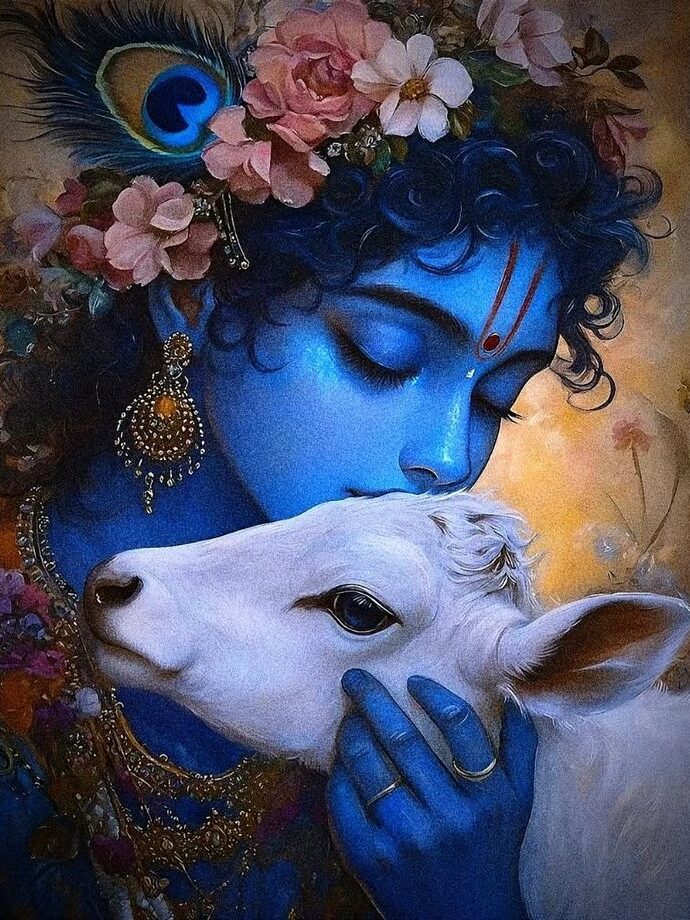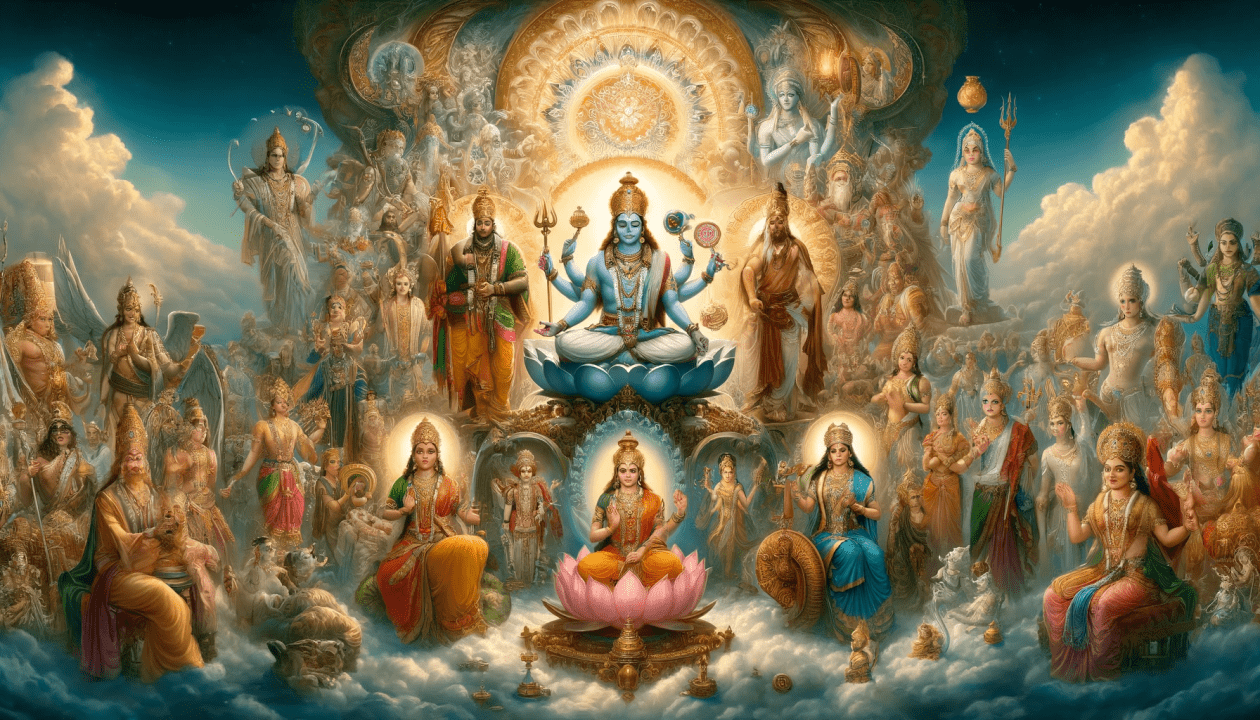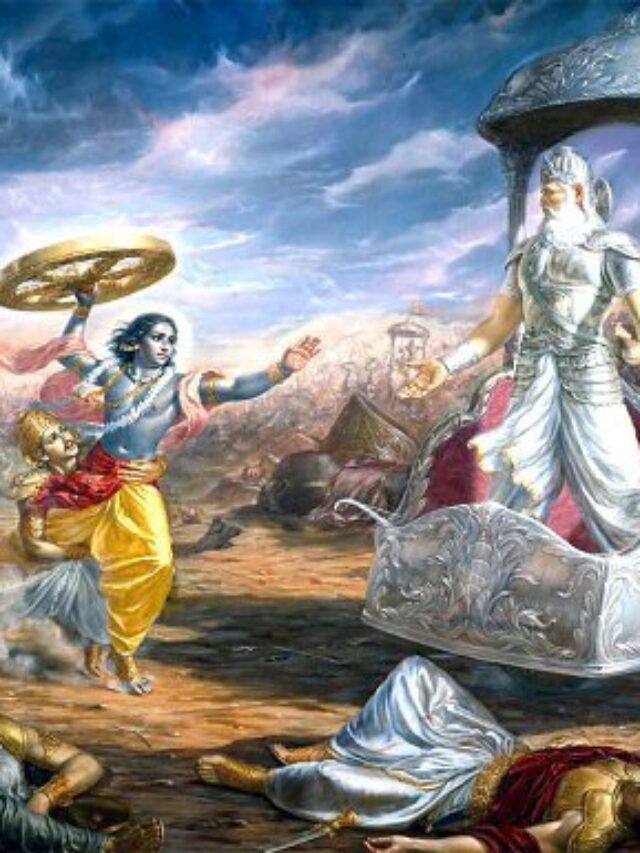The Shrimad Bhagwat Mahapurana is a treasure trove of spiritual wisdom, narratives of divine acts, and profound philosophical teachings. Among its many chapters, the 8th Adhyaya, also known as the Rudrakhanda, stands out as a vibrant reflection on the nature of Lord Shiva, one of the most revered deities in Hinduism. In this chapter, the Mahapurana delves into Lord Shiva’s various forms, his interactions with other deities, and the cosmic balance he maintains.
However, beyond the mythological tales and spiritual symbolism, the 8th Adhyaya offers timeless messages that resonate deeply with the ideals of humanism—values that stress the inherent dignity, worth, and moral capacity of all humans. This blog will explore the Rudrakhanda in a humanistic light, drawing connections between ancient spiritual wisdom and modern ethical principles.


Table of Contents
Lord Shiva: The Embodiment of Balance
At the heart of the Rudrakhanda lies the figure of Lord Shiva, often depicted as the supreme yogi, the destroyer of evil, and the eternal cosmic dancer. In the Mahapurana, Shiva is not merely a deity to be worshipped; he is an embodiment of cosmic balance—the balance between creation and destruction, between asceticism and indulgence, and between order and chaos.
In his role as the destroyer of evil, Shiva serves as a reminder of the importance of justice and the constant need for moral vigilance. Evil, in many forms, takes root in societies and individual hearts, and just as Shiva eliminates the forces of darkness through his fierce and righteous actions, humans too are urged to fight against injustice, oppression, and immorality. This act of spiritual destruction is not about obliterating existence but about purifying and renewing it, highlighting that personal and collective growth often comes through self-reflection and personal transformation.
From a humanist perspective, Lord Shiva’s actions demonstrate that true wisdom comes not from blind adherence to ritual or dogma, but from deep introspection, ethical living, and a balanced approach to life. His famed abode in the mountains, his austerity, and his dance of destruction (the Tandava) symbolize the unending cycles of life—the ebb and flow that humans, too, must navigate in their personal journeys toward meaning and fulfillment.
The Cosmic Dance and the Dance of Life
The 8th Adhyaya also emphasizes Lord Shiva’s role as the Nataraja, the cosmic dancer who keeps the universe in constant motion. His dance symbolizes the cycles of creation, preservation, and dissolution, illustrating the eternal and unbroken nature of life. This image can be profoundly relatable to humanism, where the focus is on the individual’s place in the larger context of existence.
Life is often viewed through a lens of constant change, where we experience birth, growth, decay, and death. Each phase is an inevitable part of the human condition, just as each step in Shiva’s cosmic dance is necessary for the universe’s harmony. Humans, much like Lord Shiva, are called upon to embrace change—not just as something that happens to us, but as something we actively engage with.
In the same way that Shiva dances, we too can dance through life, responding to challenges with grace and understanding. By seeing life as an interconnected dance, humanism encourages the idea that our actions matter—that how we live and interact with others impacts the world around us.
Compassion and Renunciation
One of the most fascinating aspects of Lord Shiva’s character is his compassionate renunciation. Shiva, despite being the destroyer of evil, is also deeply compassionate. His renunciation of worldly pleasures and desires is often interpreted as a call to practice detachment, but it is important to note that this renunciation is not an escape from life or its responsibilities. Rather, it is a deliberate choice to rise above worldly distractions and focus on higher ideals.
In the Rudrakhanda, Lord Shiva’s compassion is evident in his interactions with the world, where he protects devotees, offers blessings, and dispenses wisdom. He is also deeply concerned with the welfare of others, which is why he assumes various forms to aid those in need. This reflects a humanist principle: that true fulfillment comes not from selfish accumulation or indulgence, but from helping others and contributing to the well-being of society.
The balance between compassion and renunciation is a key humanist ideal. Humanists argue that while individuals should strive for self-improvement and inner peace, they must also remain engaged with the world. Renunciation, in this sense, is not an abandonment of society, but an invitation to live more consciously, with an open heart, a moral compass, and an awareness of the larger interconnectedness of all beings.
The Destruction of Ego and Self-Realization
Lord Shiva’s role as the destroyer is not limited to external forces of evil—it also symbolizes the destruction of ego. In his fierce and cosmic actions, Shiva shows that the true battle is not outside, but within the individual. The destruction of one’s ego is essential for personal growth, spiritual enlightenment, and the development of compassion.
From a humanist perspective, the concept of ego dissolution aligns with the idea that self-awareness and the relinquishment of pride, arrogance, and selfish desires are necessary for cultivating empathy and moral responsibility. The Rudrakhanda, in this context, encourages individuals to confront their own egos—to understand their limitations, acknowledge their flaws, and actively seek to better themselves through self-reflection, mindfulness, and ethical living.
Self-realization, in the teachings of Shiva, is not an isolated journey. It is an inward exploration that simultaneously expands outward, encouraging individuals to live harmoniously with others, to show compassion, and to contribute positively to society. This message is in tune with the humanist ideal that each person’s development and potential are interconnected with the well-being of the larger community.
Universal Values in the Rudrakhanda
The Rudrakhanda can thus be seen as a guide not just for personal transformation but for societal change. In a world plagued by strife, suffering, and inequality, the teachings of Shiva point toward the eternal values of balance, compassion, and moral courage. His example teaches us that while external circumstances may change, the inner principles of justice, kindness, and spiritual growth are constant.
Through the 8th Adhyaya, we are reminded that human beings are capable of transcendence, of rising above ignorance and hatred to realize their divine potential. Shiva’s example encourages us to embrace our responsibilities to ourselves, to others, and to the world at large. His dance is a metaphor for the continuous effort required to maintain cosmic harmony—something that individuals, communities, and societies must strive for each day.
Conclusion: The Timeless Relevance of Rudrakhanda
The teachings in the Rudrakhanda of the Shrimad Bhagwat Mahapurana, although rooted in ancient mythology and theology, offer universal insights that are still relevant in our modern world. Lord Shiva’s compassion, his balanced view of life, his renunciation of the ego, and his encouragement of self-realization are principles that resonate deeply with the ideals of humanism.
By integrating these teachings into our daily lives, we are reminded of the importance of moral integrity, compassion, self-awareness, and social responsibility. As we continue to navigate the complexities of life, the lessons of Shiva’s cosmic dance and his role as the destroyer and protector can help us find balance in a chaotic world—offering us a pathway toward personal growth, spiritual enlightenment, and, ultimately, the well-being of humanity.



